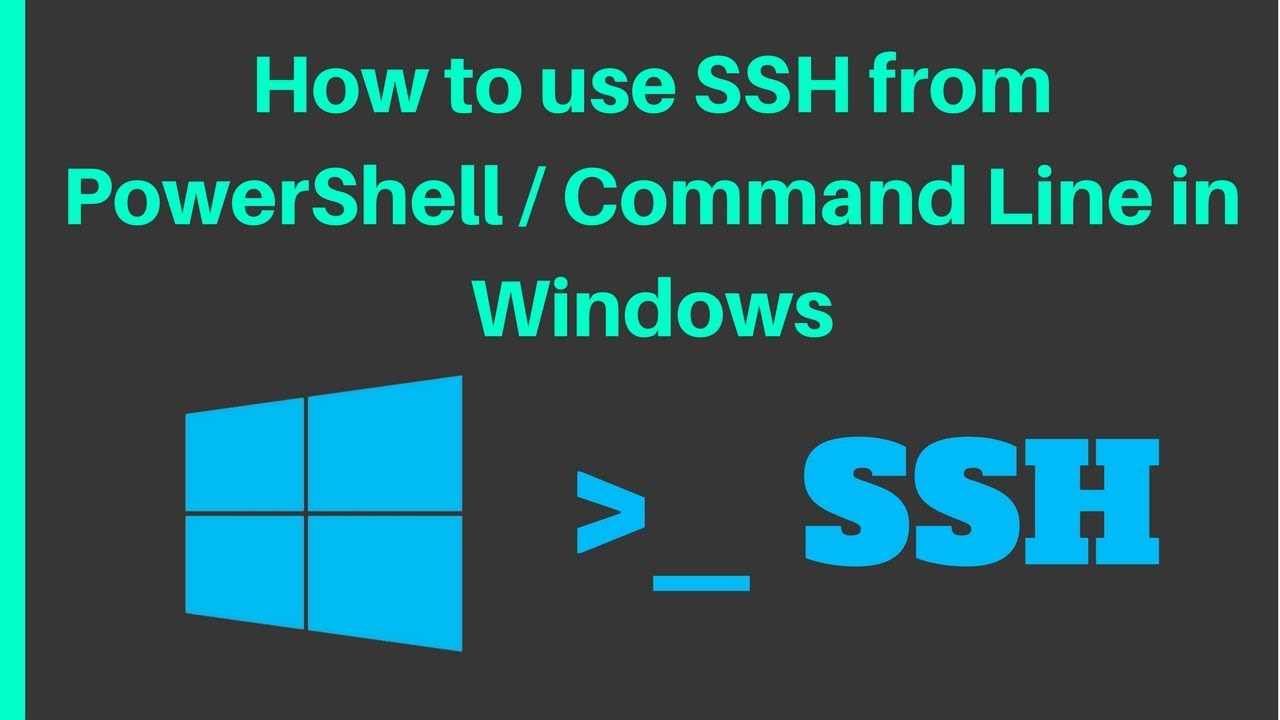This guide will show you how to install and configure Apache2, PHP, MariaDB, and phpMyAdmin on a Linux server. These are essential components for setting up a LAMP (Linux, Apache, MySQL/MariaDB, PHP) stack, which is commonly used for hosting web applications.
Setting Up Your LAMP Stack
The LAMP stack is a popular open-source web platform commonly used to run dynamic websites and servers. Let's break down the installation process into several clear steps.
Step 1: Update the Package List
First, update the package list to ensure you have the latest versions of the packages and their dependencies.
sudo apt update
Step 2: Install Apache2
Install Apache2, the web server software that will serve your web pages.
sudo apt install apache2
Step 3: Restart Apache2
After installation, restart Apache2 to apply any changes.
sudo systemctl restart apache2
Step 4: Verify Apache2 Installation
To verify that Apache2 is installed and running, open a web browser and visit your server's IP address.
http://your_server_ip
Step 5: Install MariaDB
Install MariaDB, a popular database server that will be used to store your web application's data.
sudo apt install mariadb-server
Step 6: Secure MariaDB Installation
Run the security script to improve MariaDB security by setting the root password and removing some insecure defaults.
sudo mysql_secure_installation
Follow the prompts:
Switch to unix_socket authentication [Y/n] n
Set root password? [Y/n] Y
(Respond with 'Y' to other prompts to secure your installation)
Step 7: Restart MariaDB and Apache2
Restart the MariaDB and Apache2 services to apply changes.
sudo systemctl restart mysql
sudo systemctl restart apache2
Step 8: Install PHP
Install PHP and the necessary modules to work with Apache2 and MariaDB.
sudo apt install php libapache2-mod-php php-mysql
Step 9: Verify PHP Installation
Verify the PHP installation by checking the version installed.
php -v
Step 10: Install phpMyAdmin
Install phpMyAdmin, a web interface for managing your MariaDB databases.
sudo apt install phpmyadmin
During the installation, you'll be prompted to configure some options:
- Select apache2 when asked which server to configure.
- Choose Yes when asked to use dbconfig-common to set up the database.
- Enter a new password for the phpMyAdmin application and confirm it.
After installation, you can access phpMyAdmin by visiting http://your_server_ip/phpmyadmin in
your web browser.
Security Considerations
When setting up your server, keep these security considerations in mind:
- Firewall Configuration: Set up a firewall to restrict access to only necessary ports.
- Regular Updates: Keep your software updated to patch security vulnerabilities.
- Strong Passwords: Use strong, unique passwords for all services.
- SSL/TLS: Configure HTTPS for secure connections to your web server.
- User Permissions: Follow the principle of least privilege when setting up user accounts.
Conclusion
You've successfully installed and configured Apache2, PHP, MariaDB, and phpMyAdmin on your server. You can now start hosting and managing your web applications with this LAMP stack. This setup provides a solid foundation for most web development projects, from simple blogs to complex e-commerce systems.


